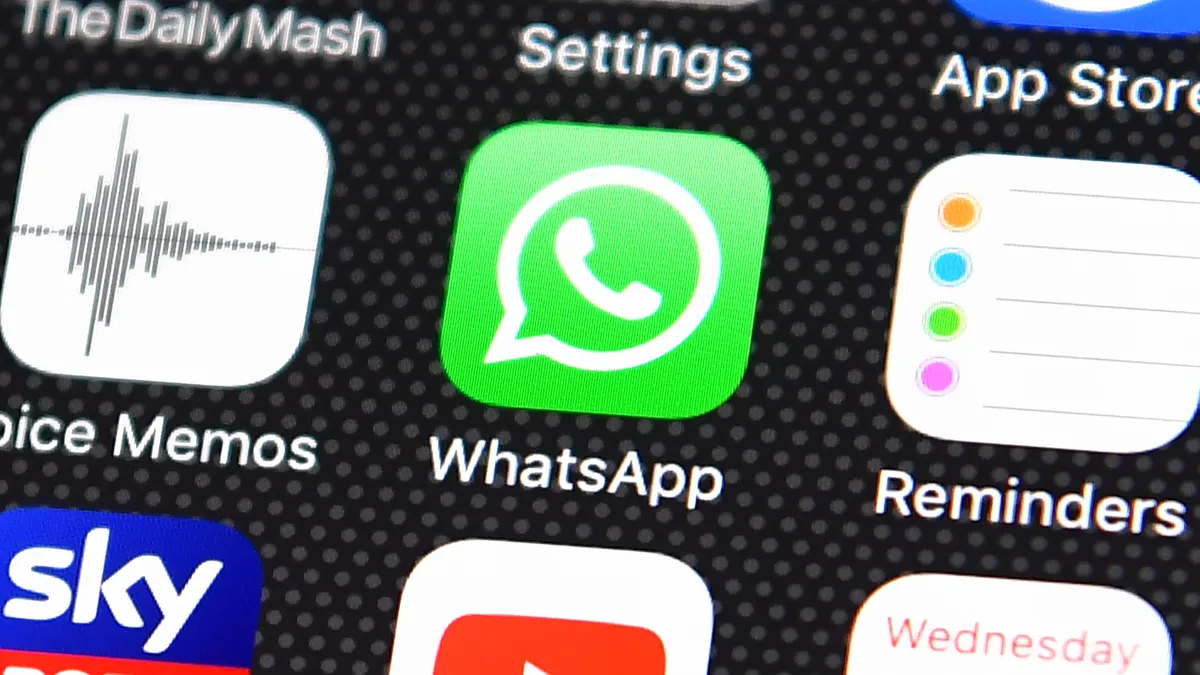Zviki Shimon is CFO of Datarails, a New York City-based financial planning and analysis (FP&A) platform. Views are the author's own.
When looking for quick answers to work challenges, CFOs are no longer seeking inspiration in the same old places.
In the past, finance chiefs might have been lured by creative ad campaigns or what they learned at a CFO conference on the other side of the world to buy software.
Now CFOs making decisions want quick answers to people, process or tech questions and are turning to something altogether different. It is called “dark social.” Even if you have never heard of the term, you have almost certainly played a part in its evolution.
Dark social isn’t as furtive or unusual as its name suggests and is not a part of the dark Web. It is a term that describes the “invisible shares” and conversations happening all the time in slack channels, WhatsApp groups or texts — effectively web traffic that can’t be tracked. Journalist Alexis Madrigal elevated the term in a 2012 article for The Atlantic.
It’s also where you can find CFOs, in a closed setting, discussing jobs, careers, various challenges and needs for processes and automation.

CFOs, in particular, have taken to dark social in fast-growing numbers. One intimate Slack community called “Off The Ledger” and run by spend management platform, Airbase, announced last year that it had surpassed 2,500 members, up from 50 members in January 2020. They chalked this up “to the growing demand for a hub of finance professionals to interact online.”
Murky leads
Spendesk, another spend management platform, has 6,500 members in its closed Slack channel. The benefits of a dark social CFO community are multiple. These groups are vetted, are strictly “sales-free” zones and many are super exclusive. Some are paid for, while others even require a recommendation by another member to gain entry.
Still, the whole dark social funnel also presents a wider finance challenge. The private nature of dark social channels can make it difficult for marketers to fully track the sources of traffic to their businesses.
When someone comes to a site through a Google paid ad the customer journey (from clicking on the ad to eventually taking out their credit card) is clearly visible. But dark social leads are not captured by traditional attribution software. Of course, many financial planning and analysis (FP&A) teams provide deeper data-driven decisions on attribution through market-mix modeling.
But, as we know, you never get total accuracy. We must accept that it is both an art and a science. Dark social is another reminder that we will never get perfect accuracy, and must include some assumptions about where a business’s customers come from.
Authentic feedback
Putting on my vendor hat for a second (as a vendor also supplying a SaaS product for CFOs) the impact of such groups on sales has been clear. I can see at least 20 leads a month come from the bowels of dark social: these word-of-mouth private communities we have no visibility into and no presence in.
Many companies report that it is their most reliable marketing funnel. I am not sure about such large numbers. But dark social is certainly more authentic than many other channels for chats and feedback in contrast to other more open forums such as LinkedIn groups.
I have personally observed the impact of such channels in my own buying behavior. I asked in one CFO WhatsApp group for startup VPs of finance and CFOs about a particular software to manage and scale our corporate travel management. This led to a longer call. I spoke with a CFO willing to tell me about the ups and downs she faced using the software. I could really dig into addressing my biggest concerns with my big fear being another painful implementation which I have been burned by in the past.
Filling the gap
Looking at recorded sales calls at our firm, I see evidence of dark social’s power. One VP of Finance from a workforce security software company says, “the reason we are talking to you is on a company slack channel and you came up as being potentially useful.”
Another potential customer in the manufacturing sector came from a slack channel managed by Airbase (mentioned above) where a VP of Finance said, “someone mentioned Datarails, and I wanted to check it out.”
Dark social is filling a gap. As CFOs we are prioritizing tech spend but we see multiplying service providers vying for our attention. I counted around 10 emails from finance vendors seeking my attention on the day I wrote this. But when I saw the Slack channel buzzing, I inevitably had a quick check. Being part of a community, it seems, is a basic and powerful human need — even for CFOs.
Editor’s note: This article was updated to correct the number of members Spendesk has on its closed Slack channel.





















